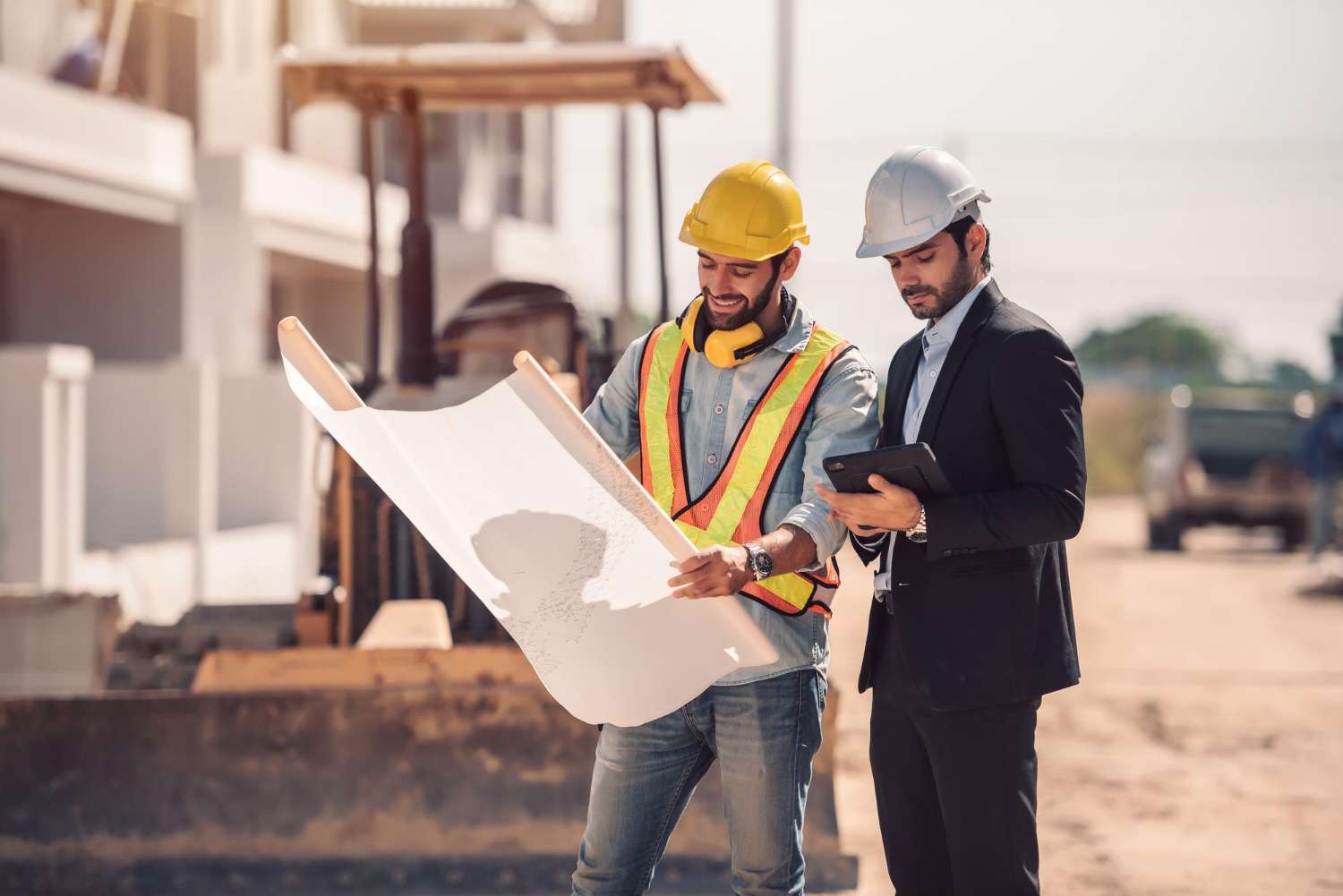
Publish Date: 2025-05-24
Building the Future: Top Construction Trends in 2025
Introduction
The global construction industry stands at the crossroads of transformation. With rising environmental concerns, evolving technological capabilities, and increasing demands for faster, safer, and more sustainable projects, 2025 is proving to be a defining year for how the built environment is designed, constructed, and maintained. Below, we explore the most impactful trends currently revolutionizing the industry and shaping its future.
1. Sustainable Building Practices: From Green to Regenerative
Sustainability is no longer optional—it's a necessity. In 2025, sustainable construction is expanding beyond "green" certifications like LEED or BREEAM. Builders and developers are now embracing regenerative building design, which not only reduces environmental harm but actively improves ecosystems.
Key aspects include:
-
Eco-friendly materials such as recycled steel, bamboo, rammed earth, and low-carbon concrete.
-
Net-zero energy buildings, which produce as much energy as they consume using solar, wind, and geothermal systems.
-
Water reuse systems, green roofs, and living walls that help manage stormwater, purify air, and increase urban biodiversity.
The shift toward sustainability is driven by stricter regulations, growing consumer awareness, and long-term cost benefits.
2. Smart Construction Technologies: AI, Robotics & IoT in Action
Construction technology is advancing at an unprecedented pace, with artificial intelligence (AI), machine learning, robotics, and the Internet of Things (IoT) leading the charge.
Key Innovations in 2025:
-
AI-Powered Project Management: Algorithms now forecast delays, cost overruns, and material needs more accurately than ever before.
-
Autonomous Machinery: Excavators, cranes, and concrete-laying robots reduce labor risks and increase productivity.
-
Drones and LiDAR Scanning: Used for topographical surveys, site inspections, and progress tracking, drones improve safety and data precision.
-
Smart Sensors: Embedded in buildings and infrastructure, these sensors monitor structural health, temperature, moisture levels, and even predict maintenance needs in real time.
This tech-driven transformation results in greater efficiency, real-time monitoring, and reduced risk across all construction phases.
3. Modular and Prefabricated Construction: Speed Meets Precision
Prefabrication and modular construction are no longer fringe methods; they are mainstream, especially in urban and commercial projects where time and space are limited.
Why It’s Booming:
-
Off-site Precision: Controlled environments lead to higher-quality fabrication with minimal errors.
-
Faster Project Timelines: Modules can be manufactured concurrently with site preparation, reducing total construction time by up to 50%.
-
Reduced Waste & Environmental Impact: Standardized manufacturing minimizes material waste and site disturbances.
-
Scalability: Modular systems are ideal for housing developments, healthcare facilities, and educational institutions that require rapid deployment.
In 2025, modular construction is expected to represent over 20% of all new residential builds in metropolitan areas.
4. Worker Safety: Designing with Prevention in Mind
Despite technological advancements, construction remains one of the most hazardous industries. In 2025, a renewed focus on Prevention through Design (PtD) is transforming how safety is integrated from the ground up.
How Safety Is Being Reimagined:
-
Designing Out Hazards: Architects and engineers collaborate early to identify and eliminate risks in structural designs and workflows.
-
Wearable Technology: Smart helmets, safety vests, and boots equipped with GPS and biometric sensors monitor fatigue, location, and posture in real-time.
-
Augmented Reality (AR) Training: Virtual simulations now prepare workers for high-risk scenarios in a safe, controlled environment.
-
Safety-First Culture: Companies are investing in continuous training, mental health resources, and incentive-based safety programs.
This proactive approach not only protects workers but reduces downtime, insurance claims, and liability costs for contractors and developers.
Conclusion
The construction landscape in 2025 is characterized by innovation, efficiency, and responsibility. From smart technologies and modular methods to eco-conscious design and improved worker safety, these trends are setting a new standard for how we build our cities, communities, and infrastructure.
Companies that adapt to these shifts will not only stay competitive but will also contribute to a resilient, sustainable, and human-centered built environment. The future of construction is here—and it's smarter, safer, and greener than ever before.

